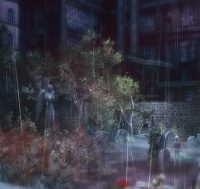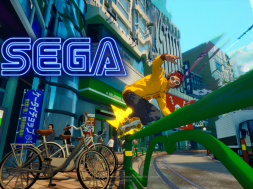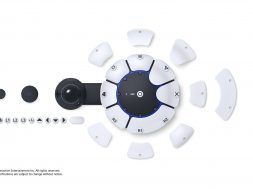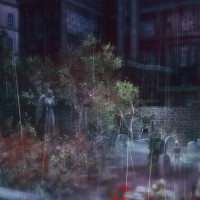

Title: rain
Platform: Playstation 3
Developer: Sony Japan Studio
Publisher: SCEE
Release Date: 2/10/2013
There’s no denying that this generation has been defined by its indie scene. Innovative ideas from indie developers the world over have guided the direction that even most AAA titles have taken, not to mention inspiring fellow indies to try bringing their own unique visions into the world. While it would be easy to pretend that this represents some David-v-Goliath-style revolution against the tyranny of the power three, the truth of the matter is that it’s something they’ve all tried to get behind and while Microsoft’s Xbox Live Arcade and Nintendo’s WiiWare have both done their part, it’s Sony who have really lead the charge in this regard. From Flower and Journey to The Unfinished Swan and the upcoming port of Lone Survivor, the Playstation Network has been home to many a quirky art game and as of this week it will be home to one more.
rain, which is stylized in lower case before you all go grammar-happy on me, is something of an anomaly and I mean that in just about every possible way. Presented beautifully in a classical storybook setting, rain tells the story of a boy, inexplicably turned invisible when he attempts to save an invisible girl from a monstrous pursuer. Their town is shadowed by perpetual rainfall, under which the children’s outlines can be seen. This plot device doubles as rain‘s main gameplay feature. Fearsome creatures prowl the streets and the only way to avoid them is by stepping under shelter to make yourself invisible.
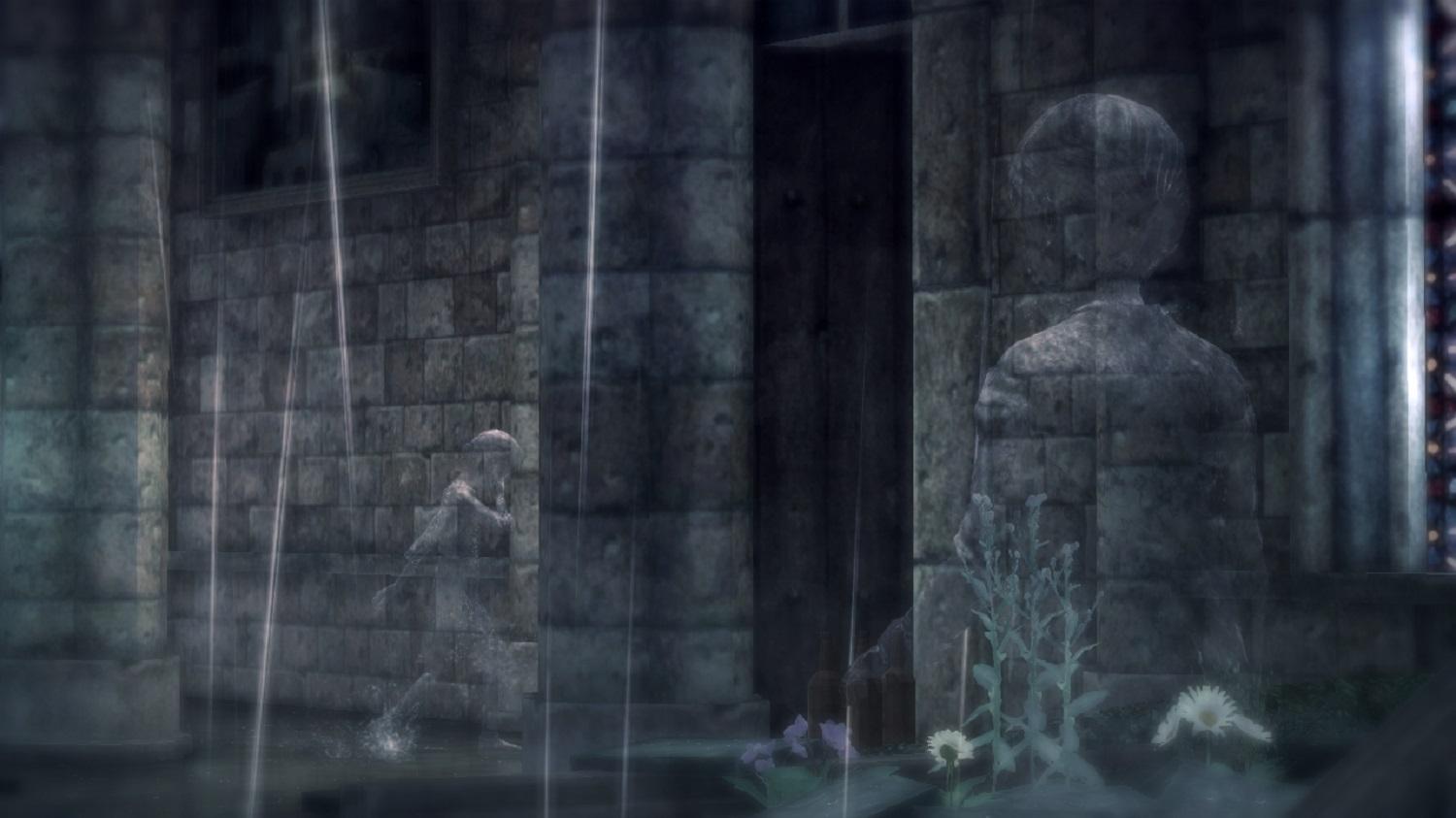
For the most part the platforming is pretty mindless. It’s usually blatantly obvious where the game wants you to go and even in the rare instances where the levels open up a little, there’s never really any reason to explore your surroundings more than you have to. While this might be enough to put some people off rain, it’s simplicity is forgivable in the presence of its magnificent direction. The camera work is beautiful. Top down shots dive suddenly and sweep across the streets following the children as they skip through the rain. Lines of storybook narration appear throughout the town as the story unfolds and the interaction between the boy and the girl (who remain nameless throughout) is instantly heartwarming. It’s a game that was clearly designed to invoke an emotional response in it’s players and while it may succeed on occasion, it never quite manages to bring it all together in a meaningful way. It’s certainly got it’s moments but by the end I felt like my feels had been teased, rather than tested.
Now and again there’ll be a small puzzle of sorts; usually in the form of a creature who needs to be outsmarted. These puzzles aren’t difficult but they demand quick thinking and it can be tricky to figure out what exactly rain wants you to do in time before the children meet their temporary end. This can lead to some pretty frustrating trial-and-error situations which tend to distract from the other things that rain does so well.

If you’ll forgive the pun, rain shines in it’s presentation. Stylized watercolor story sequences, a contemporary fairytale set in a parisian fantasy world and haunting, evocative music (not to mention spectacular use of Debussy’s Claire de Lune) all add up to a game with a beating heart that clearly means a great deal to its creators. The world feels lonely yet peaceful. The presence of monstrous enemies rarely detracts from the bittersweet calm that the visuals, sound design and score work together to create. From the menu screen to the end credits rain practically drips with sentiment and it’s clear that it was a labor of love in the truest sense of the term.
Because of that it’s pretty easy to get swept up in rain. It’s simplicity is charming, it’s presented with genuine heart and it’s great to see Sony continuing to support these unique ideas. Despite all this, I couldn’t help but feel slightly underwhelmed. For every step rain takes toward the greatness of Journey (which is still the gold standard for art games) it takes another step back. It’s directed with flare but it’s levels never intrigue. It’s gameplay idea is intuitive but is occasionally bogged down by poorly implemented puzzles. The story has the potential to be emotionally poignant but never quite gets there. It’s success’ are completely balanced out by it’s failures and vice versa which leads to a curious gaming experience that feels like it should have hit you harder than it did.
[easyreview title=”The Arcade Verdict” cat1title=”Gameplay” cat1detail=”An interesting core mechanic occasionally hampered by unintuitive puzzles” cat1rating=”5″ cat2title=”Presentation” cat2detail=”Beautiful visuals and fantastic use of music spun through a storybook motif; wonderful.” cat2rating=” 9″ cat3title=”Plot” cat3detail=”An intriguing set up that fails to deliver the emotional punch it promises” cat3rating=” 6″ overall=”true”]
